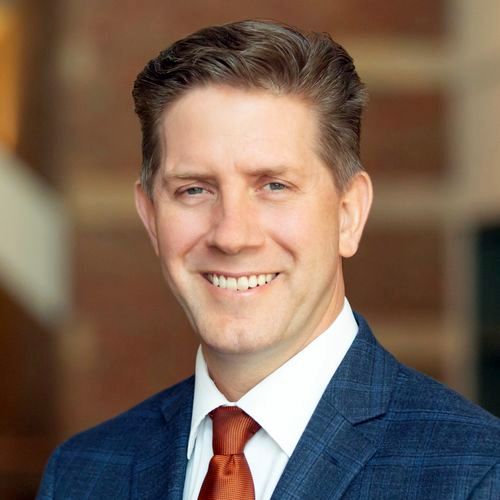Optical Coherence Tomography and Multimodal Characterization of Bacterial Biofilms in Humans and Their Implications for Disease
Presented by:
Stephen Boppart, University of Illinois at Urbana-ChampaignBiofilms are comprised of communities of micro-organisms encapsulated in a matrix of extracellular polymeric substances. This matrix serves to isolate and protect the micro-organisms from harmful environmental factors and even antibiotics. It is believed that most all chronic bacterial infections in humans involve biofilms, such as infections on implanted prostheses or medical devices, chronic ear infections, ventilator-associated pneumonia, and even the plaque on our teeth every morning. Understanding biofilm growth dynamics, persistence, and responses to treatment is essential to effectively manage infectious diseases in humans.
Traditionally, high-resolution surface-imaging technologies such as scanning electron microscopy and confocal microscopy have been used to image biofilms, but these technologies require sampling, isolation, and preparation. This process of sampling disrupts biofilm architecture, removes the biofilm from in vivo conditions, and prevents longitudinal tracking of dynamic growth and response changes. More clinically-based imaging technologies — such as x-ray CT, MRI, nuclear imaging, and ultrasound — lack the resolution to visualize these biofilms in vivo. Optical coherence tomography (OCT) can address these needs for imaging biofilms in humans to better understand the role that biofilms play in infectious disease.
Boppart discusses two translational imaging applications: 1) identifying and longitudinally tracking biofilms in the human middle ear, which are responsible for chronic ear infections; and 2) imaging biofilms that form in endotracheal tubes in intubated patients on mechanical ventilation, which are known to be associated with high rates of ventilator-associated pneumonia and death in these critical-care patients. OCT can also be coupled with Raman spectroscopy for label-free bacterial speciation, and with nonlinear optical techniques for metabolic and functional characterization. When these technologies are combined together, there is a unique potential for early detection, characterization, and longitudinal tracking of biofilms and the human microbiome, potentially enabling more strategic antibiotic treatment regimens and more effective management of infectious bacterial diseases.
About the presenter
Stephen Boppart, M.D., Ph.D., is professor and Grainger Distinguished Chair in Engineering at the University of Illinois Urbana-Champaign (UIUC). His Biophotonics Imaging Laboratory is focused on developing novel optical biomedical diagnostic and imaging technologies and translating them into clinical applications. Boppart received his doctorate in medical and electrical engineering from MIT, his M.D. from Harvard Medical School, and specialty training in internal medicine. He has published over 450 invited and contributed publications and over 50 patents related to optical biomedical imaging technology.
Boppart has co-founded four startup companies, is a fellow of AAAS, IEEE, Optica, SPIE, AIMBE, IAMBE, and BMES, and was recently elected to the National Academy of Inventors. He has been a strong advocate for the integration of engineering and medicine to advance human health and our health care systems, and has been involved in envisioning, establishing, and developing UIUC’s new engineering-based Carle Illinois College of Medicine. Boppart is currently serving as interim director of the Interdisciplinary Health Sciences Institute at UIUC and leading a campus charge to envision the future of technology-inspired innovations in health.